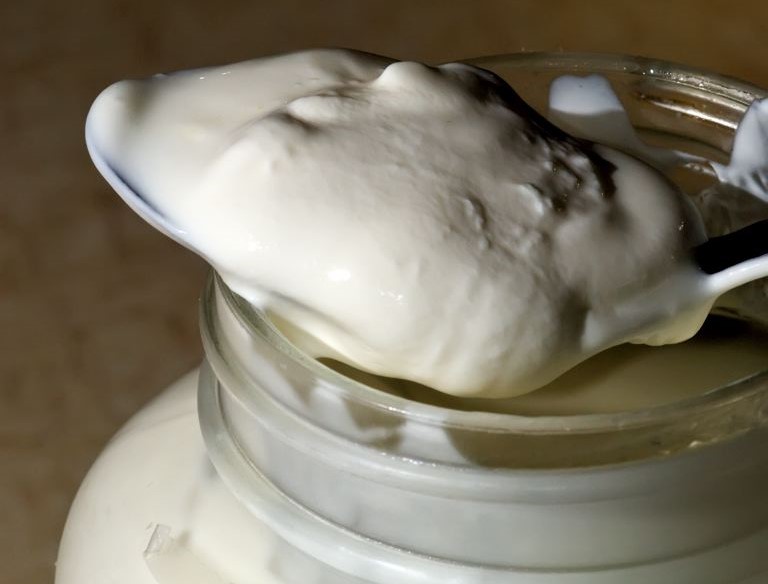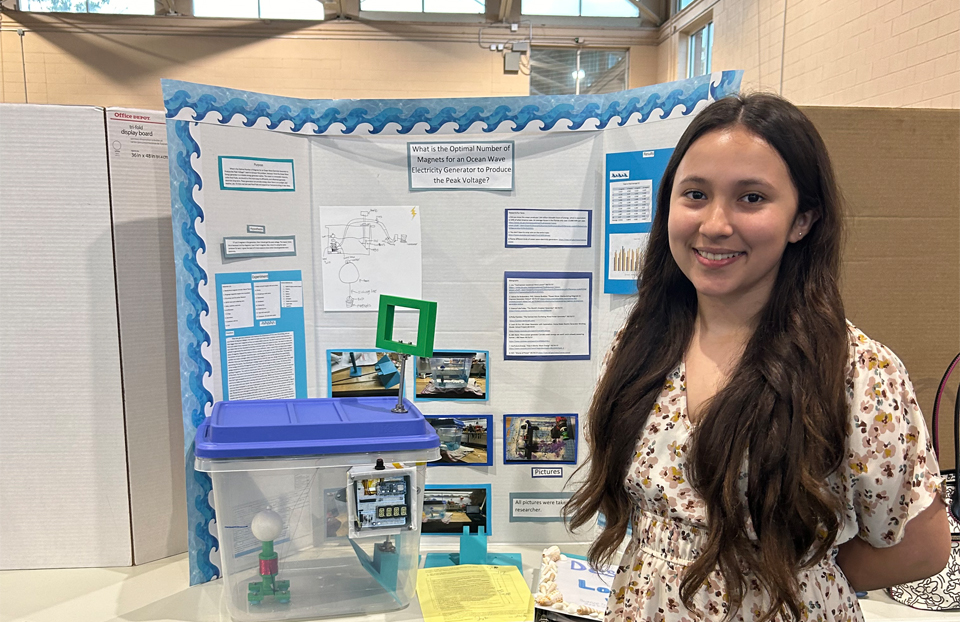This sixth grader is using electrical engineering to crack the code on fermentation

For the fifth year, The Lemelson Foundation is giving $100 awards to outstanding young inventors in Society Affiliate Fairs with middle school participants around the country. The prize was created to reward young inventors whose projects exemplify the ideals of inventive thinking by identifying challenges in their communities and creating solutions that will improve lives.
You may not always think about the way science is making its way onto your table and into your food, but for sixth-grader Anya Trutschl, her family tradition of making yogurt served as a source of inspiration for an invention. The Caddo Middle Magnet student has been making yogurt with her parents for years, but after seeing how variable the process could be she decided to take on the project of consistent yogurt for her local science fair.
“The first yogurt was made over 7,000 years ago, most likely as an ancient accident because of the way ancient Mesopotamians transported milk,” Anya explained. Like all fermentation processes, making yogurt can be dependent on outside factors, and achieving the right level of tartness and the proper consistency can turn the practice into more of an art than a science. Anya wanted to create an invention which could reliably measure the fermentation process to aid in a more consistent yogurt.
Industrial yogurt production often relies of pH probes, though as they can be unstable and require a lot of maintenance Anya decided on a different strategy for her invention. After searching for a more straightforward solution Anya decided to take advantage of the increase in ions and thus electrical conductivity resulting from the chemical transformation of fermentation. She did this by creating a simple electrical conductivity probe to precisely measure the fermentation levels. Her invention, the CAFeY (Computer-Aided Fermentation device for Yogurt), was programmed to correlate with the pH values created through fermentation to produce a yogurt specifically calibrated to her tastes, which occurred at a pH level of 4.4.
The project wasn’t without its setbacks. Anya discovered that if she ran too high a current through her wires the process of fermentation would erode her conductivity probe, but after retesting and rebuilding the probe several times Anya finally found that if she lowered her current level below 1.3 volts the wires wouldn’t erode, and the probe would successfully measure the levels of fermentation.
Her favorite part of the process? Eating the yogurt, of course!
“My favorite part of the invention process was getting to test my end result,” Anya said. She also admitted that she had felt doubts about being able to complete her invention, but her success with the CAFeY has made her excited to continue learning about electrical engineering.
“Now I am more passionate about the field of engineering, and I am more excited to keep inventing!” Anya said.


